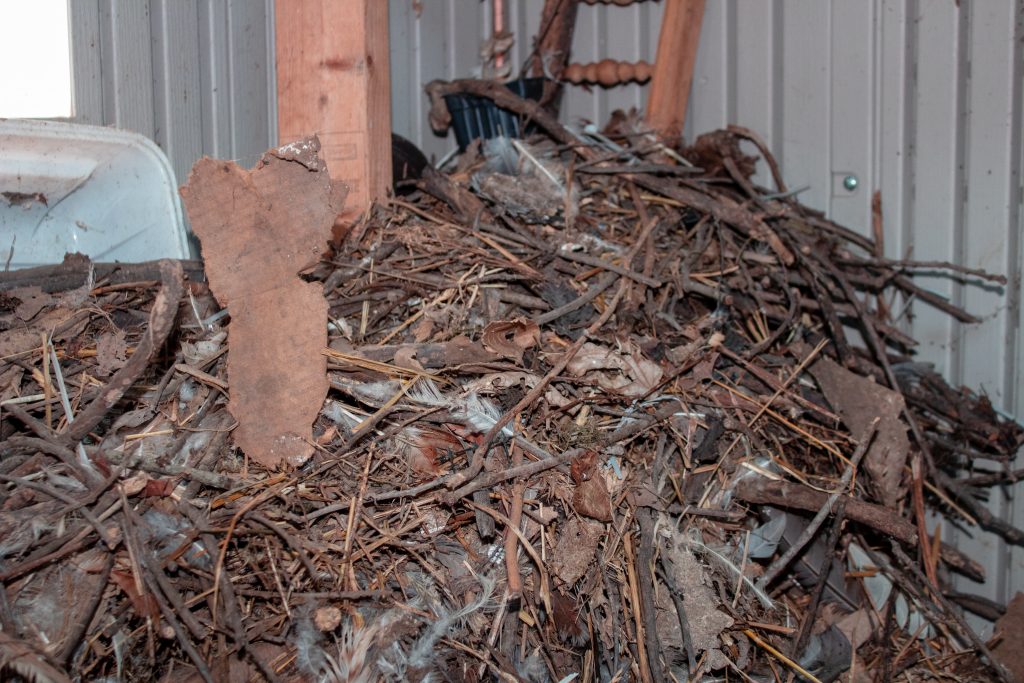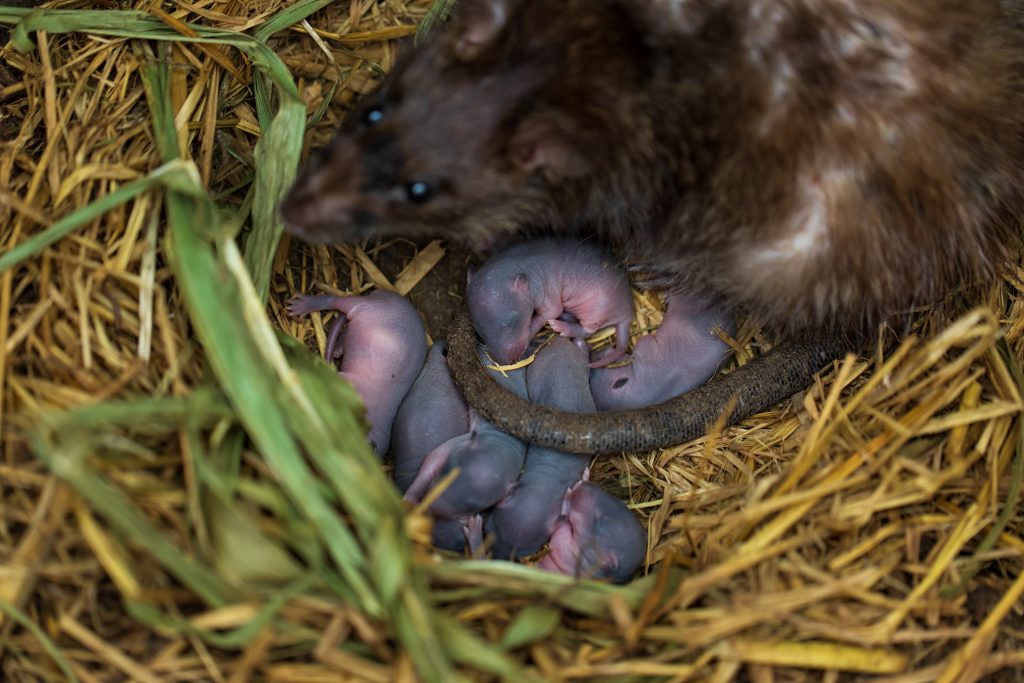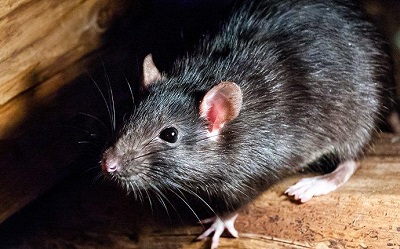The two species of rat most likely to be a problem are Norway rats (brown rat) and roof rats (black rat). Rats typically live in urban or suburban areas if access to food sources, water, and shelter can be acquired. These pests can get inside through cracks and holes around the roof, on your walls, and on foundations.
Norway rats are excellent swimmers and can enter through the sewers. Both species are climbers. Roof rats climbing abilities can scale trees, drain pipes, and siding to get onto your roof and inside your home.
Where Do Rats Live?
A rat infestation can be difficult to detect. Rats are intelligent critters that fear new things and avoid people. This fear of new things is a survival technique because rats are prey animals. They use familiar, covered pathways through your home and rely on quickness to avoid detection.
The most common rat nest sites inside your house or outside in your yard include:
Inside Your Home
- Attics
- Wall Cavities
- Basements or cellars
- Crawlspaces
Outside of Your Home
Norway rats are burrowers that will build nests in vegetation, along patios, and more. Roof rats are known to nest in trees and on rooflines.
Other places to find where rats live:
- Beneath concrete slabs
- Sheds or garages
- Gardens
- Burrows in your yard
- Wood piles
Construction of Rat Nests

Rat nests are usually constructed of manmade debris, twigs, cotton, and plant materials, and can be found in dark, enclosed areas like crawlspaces, between walls, in attics, under porches, or in boxed-in plumbing. In outdoor areas surrounding homes, things such as debris piles, yard water, old furniture, ponds, trees, and garbage dumps are inviting to rats, as well.
Signs of Rat Nests
The presence of rats can easily be detected once home and business owners recognize the signs to look for. Perhaps the most obvious, rat droppings as large as 3/4 inch to 1/4 inch may be located in feeding areas, around nests, and along runways. Similarly, urine spots often appear in passageways and may be discovered with the use of ultraviolet light.
Rat infestations can further be recognized by footprints and tail marks in dusty areas, smudge marks along walls, and visible gnawing on corners, ledges, and doors. By carefully listening in the evening hours, people suspecting the presence of nesting rats may hear scurrying, clawing, and squeaking sounds, or even gnawing, if quiet enough. Visual sightings of the small creatures serve as prime indicators, as well.
Effective Rat Control
Getting rid of a rat infestation requires an integrated pest control approach. The rat control plan needs to include tactics for prevention, rat trapping, exclusions, repairs, and ongoing pest management.

Rats breed at a tremendous rate. Rats usually only live to about six months of age in the wild. They reach sexual maturity at around two to three months old. Pregnancies last between 20 and 30 days and typically result in 6 to 12 offspring. Though the rodents possess short lifespans, the rapid rate at which they reproduce, coupled with short gestation periods and large litter sizes, allows rats to continue as formidable pests.
Easily accessible sources of food will bring rats to your yard. Rats are omnivores and can eat almost anything. Rats can find food at bird feeders, pet food left outside, and in garbage cans.
Inadequately sealed garages and poor sanitation practices foster ideal conditions for these pesky critters. Appropriate handling of food materials and waste helps deter rats from nesting. People concerned about rat infestations should attempt to rat-proof their homes.
To begin, openings of 1/4 inch or larger should be blocked with hardware cloth, floor drains should be covered with grates, window screens must fit firmly, and food products should be stored in metal cans with correctly tailored lids. Through exclusion and proper prevention, homeowners can eliminate troublesome rats from building nests inside and around homes.
To exterminate already established invasions, homeowners may utilize traps, bait stations, electronic devices, and cats or dogs to stave off advancements of rodent populations. However, the use of such tactics may not entirely eliminate infestations. Concerned residents should contact the professional pest removal experts at Critter Control to take care of any rat issues before they get out of hand.


